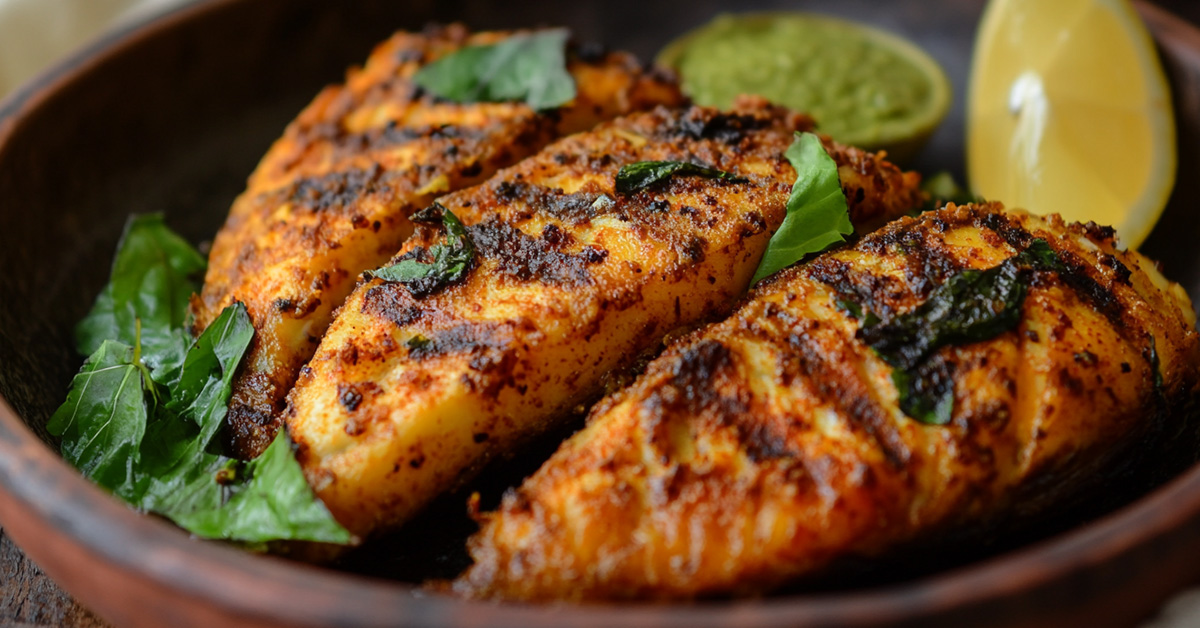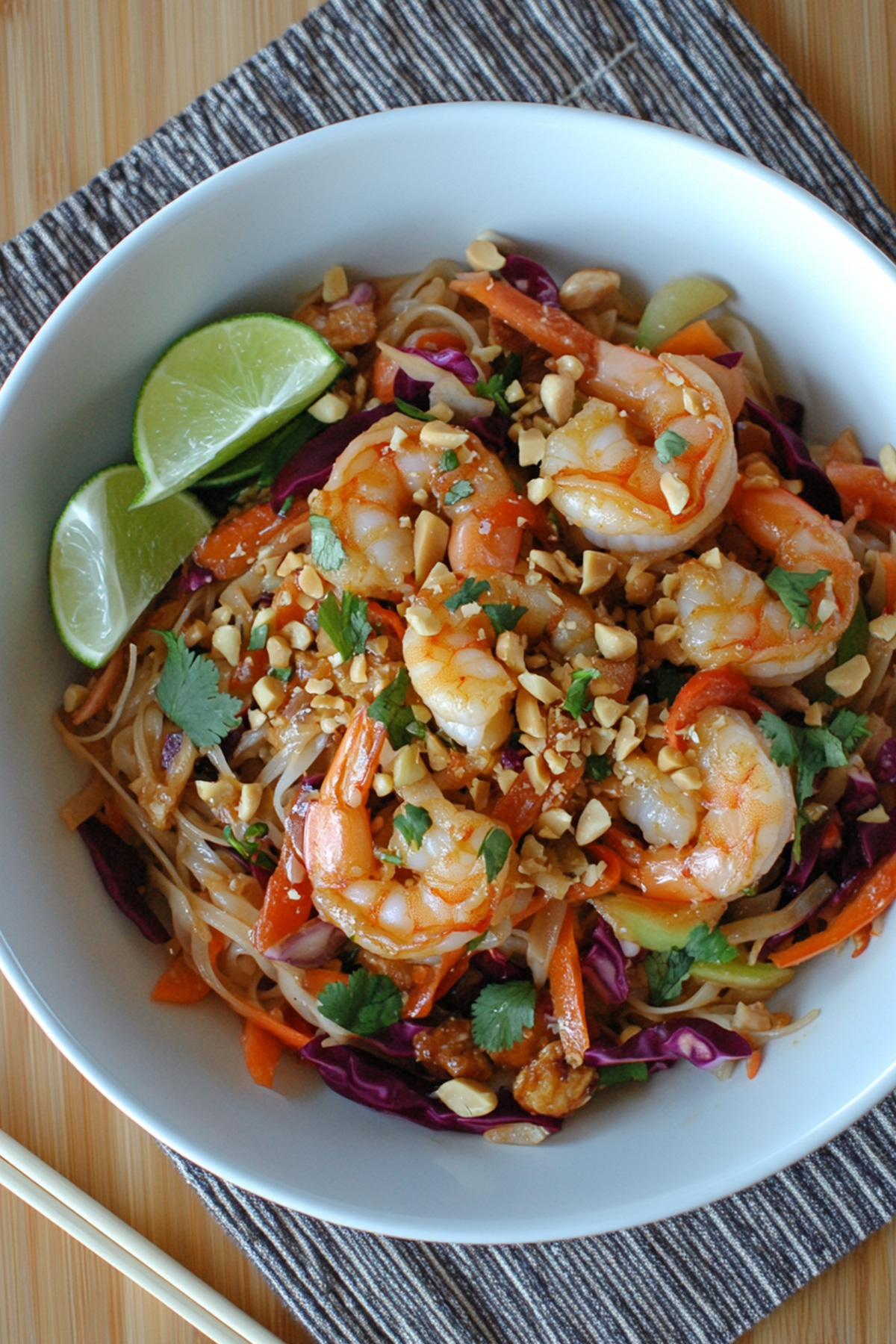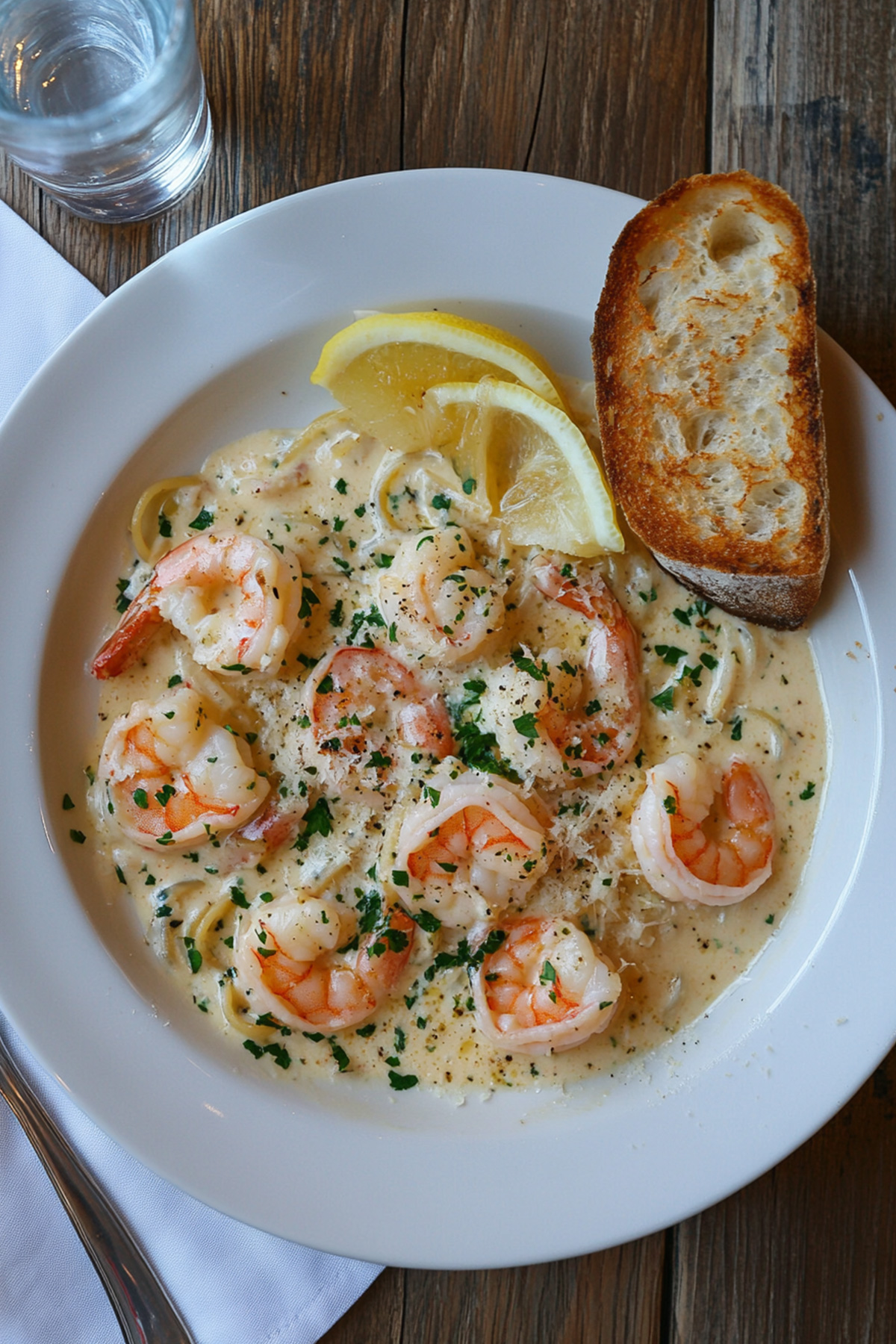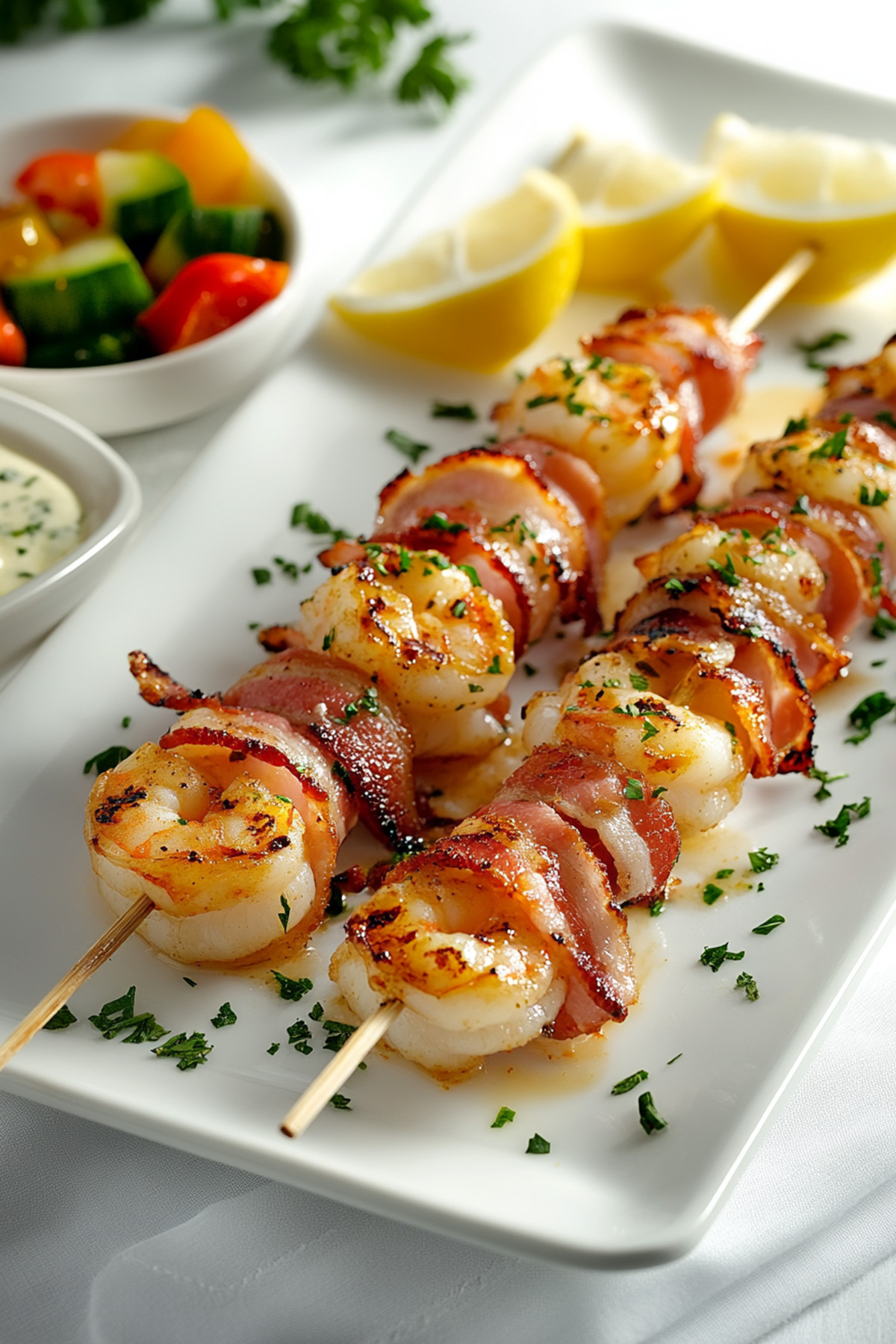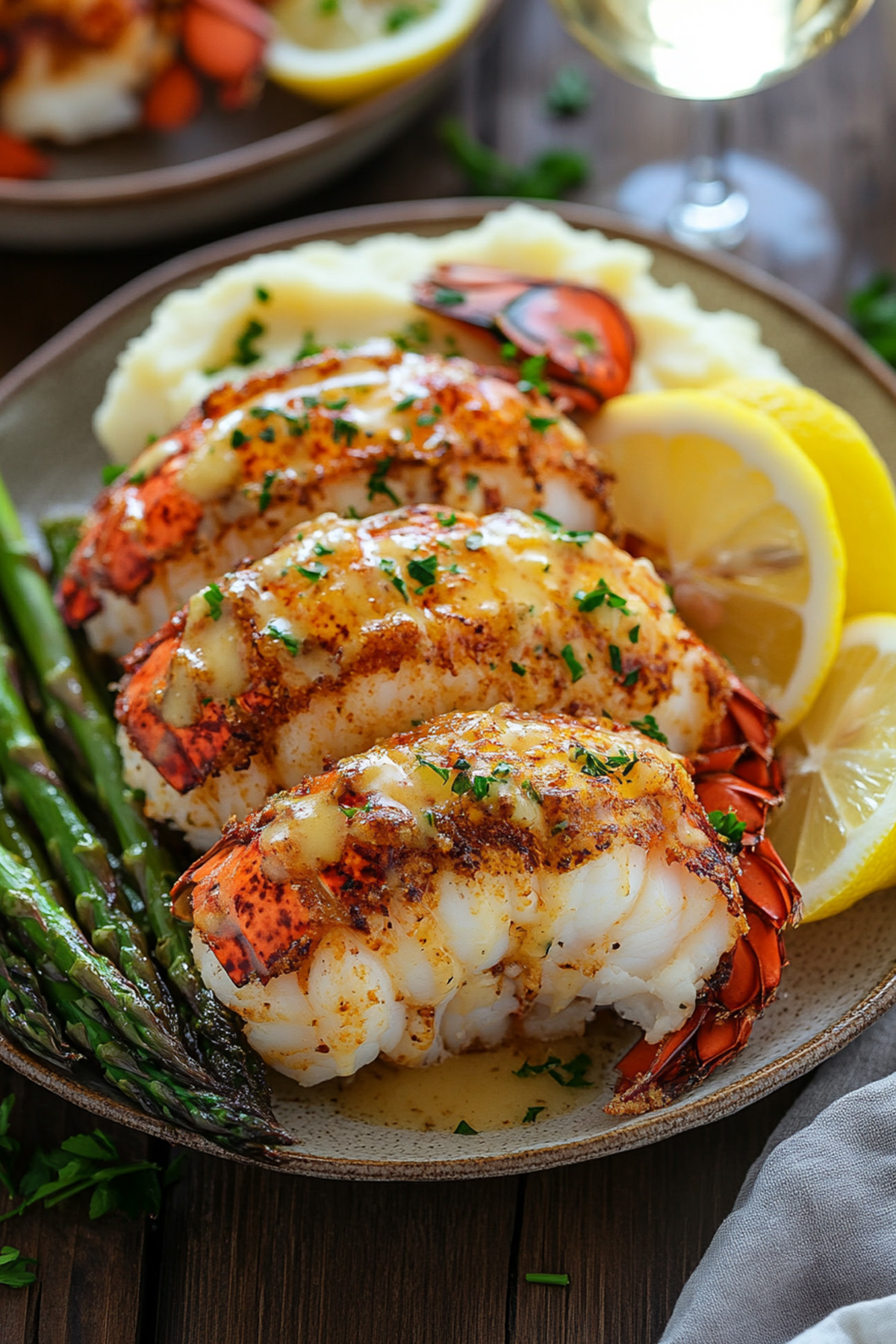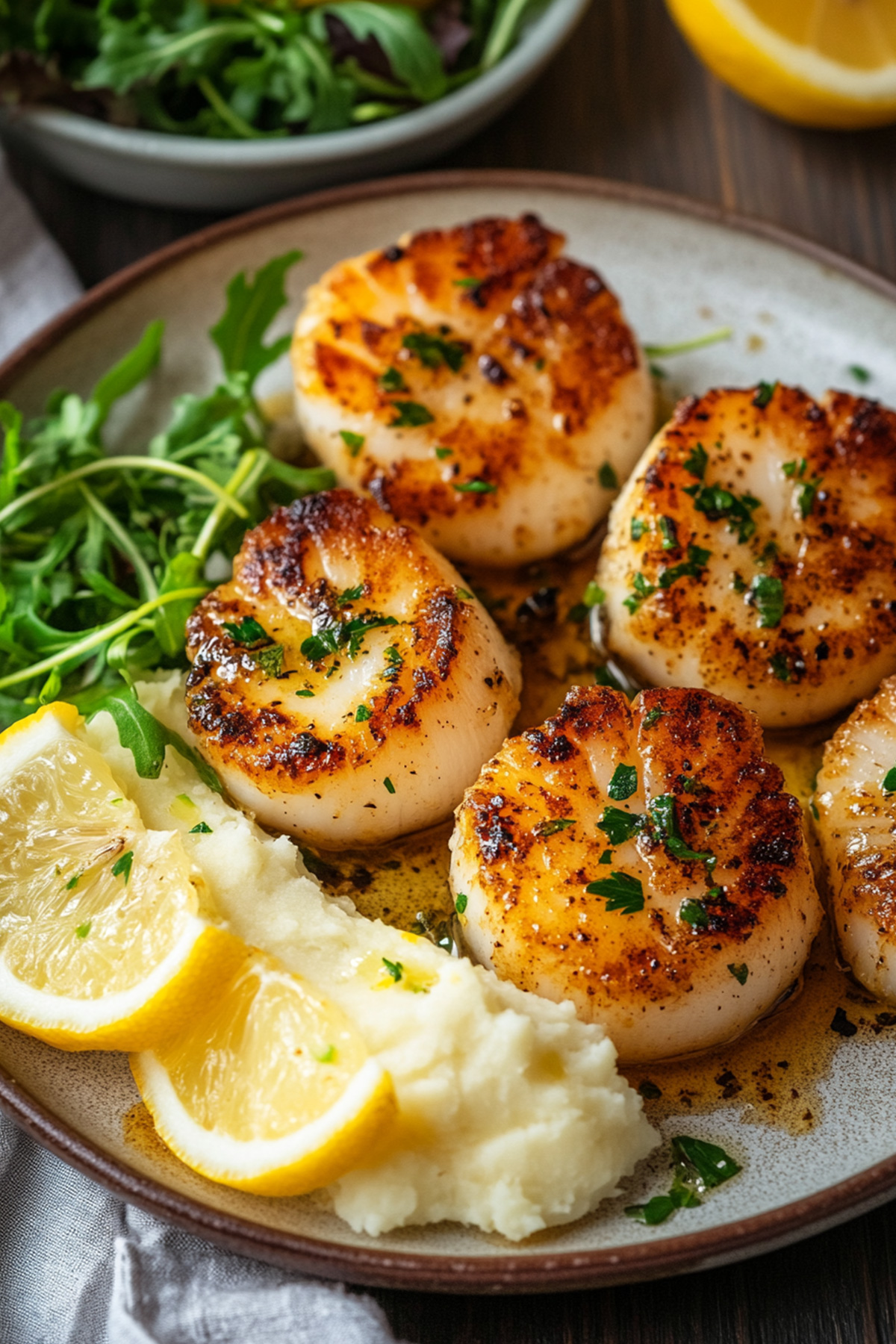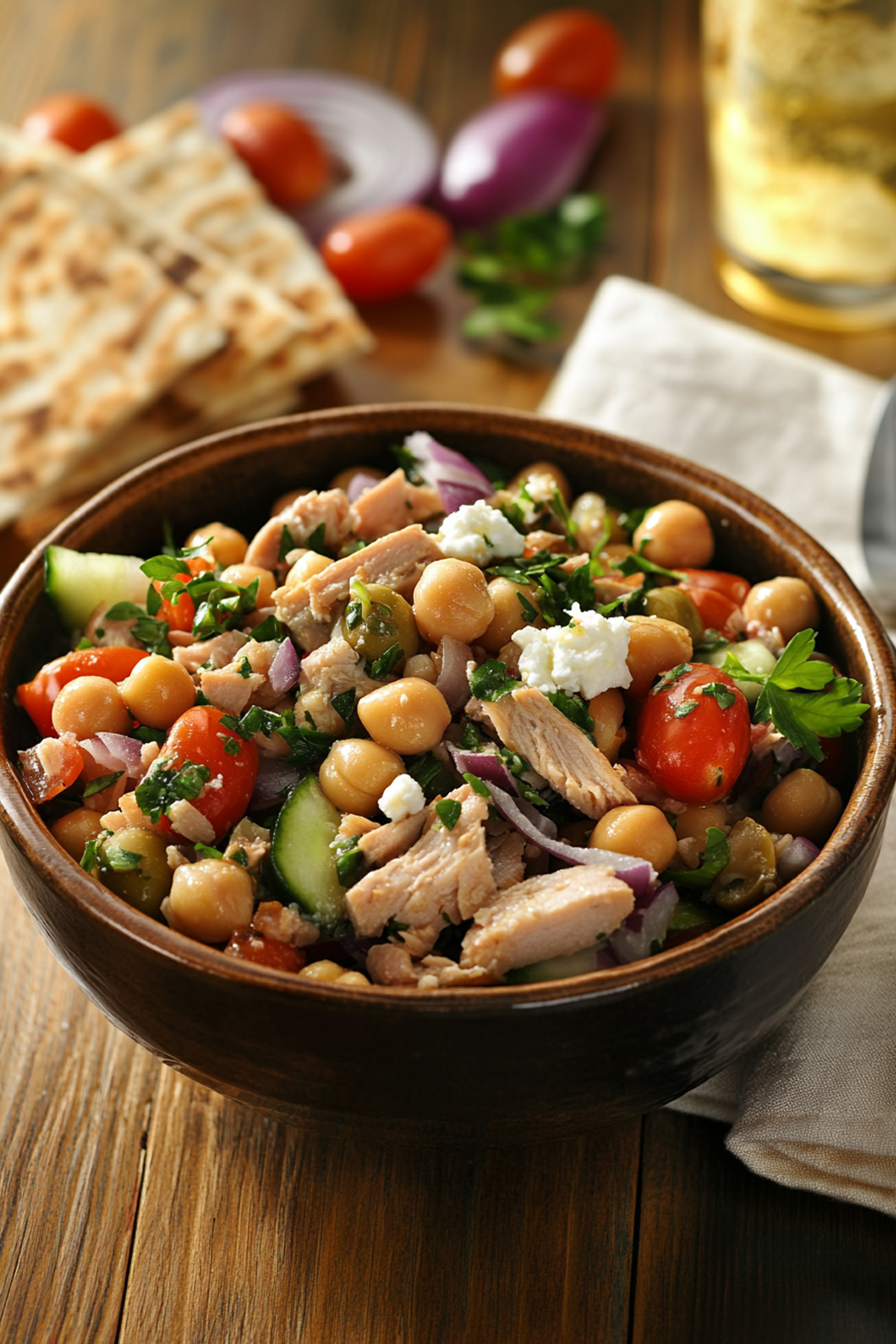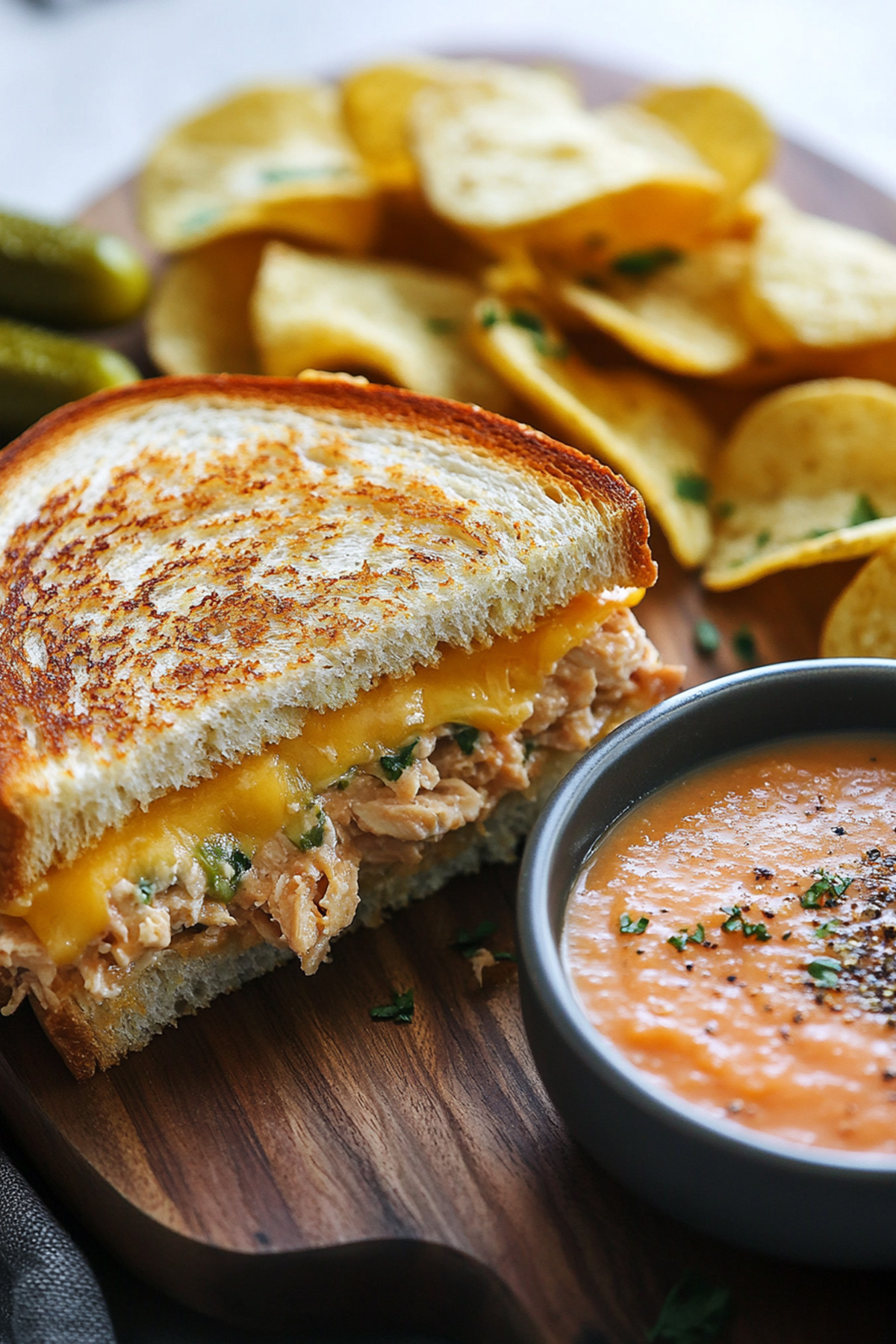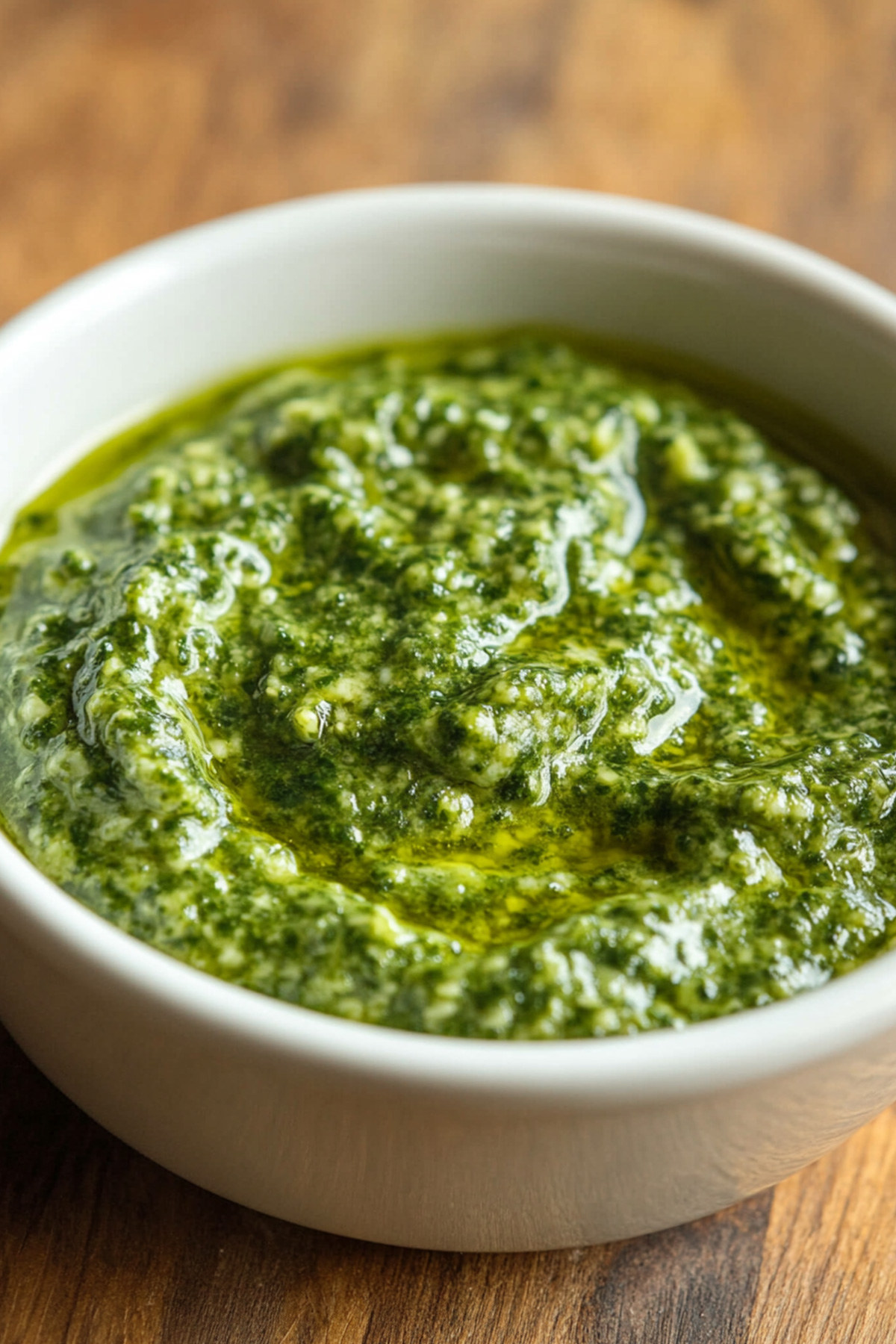Disclosure: As an Amazon Associate and participant in other affiliate programs, we earn from qualifying purchases. We only recommend products we believe will provide value to our readers.
The perfect bangda fish fry should crackle when you bite into it while staying juicy inside. Many home cooks struggle to get this Indian mackerel dish just right. The magic happens when bold spices meet fresh fish to create an irresistible meal that packs both flavor and nutrition.
This coastal treasure goes by different names – bangada fish fry or bhangra fish. The recipe needs just a handful of ingredients and time-tested cooking methods. This piece will show you the complete process from picking the freshest bangda to getting that gorgeous golden crust. You’ll learn about the health benefits and practical tips that will help you make restaurant-quality bangda fry at home.
Table of Contents
What is Bangda Fish?
You’ll likely encounter bangda fish as you learn about Indian seafood. This fascinating member of the mackerel family has earned deep appreciation throughout South and Southeast Asia. Scientists know it as Rastrelliger kanagurta, and it belongs to the Scombridae family. Most people call it the Indian mackerel or bigmouth mackerel.
Bangda isn’t just one fish – the term includes more than thirty different species. These fish range in size from 20cm to 200cm. The fish thrives in the warm waters of the Indian Ocean, Bay of Bengal, and Arabian Sea.
Bangda fish stands out with its distinctive features. Its deeply forked tail and characteristic vertical ‘tiger-like’ stripes on its back create a striking appearance. The fish’s iridescent green-blue sheen adds to its beauty. Different regions and languages have given this fish their own names:
- Bangdo (Konkani)
- Bangdi (Gujarati)
- Ayla (Malayalam)
- Bangude (Kannada and Tulu)
- Kajol Gouri (Bengali)
Bangda fish needs special attention during handling because its flesh spoils quickly, especially in tropical conditions. The best time to cook bangda is on the day you buy it, unless you have proper refrigeration. People used traditional methods like salting and smoking to preserve bangda before modern refrigeration and canning methods existed.
The culinary world values bangda for its rich nutritional profile. The fish packs high amounts of omega-3 oils, making it both delicious and healthy. Its easy availability and nutritional benefits have made it a crucial food fish, especially in South and South-East Asian cuisine.
Bangda fish shows up in an impressive range of places today. You can find it from South Africa and the Seychelles, through the Red Sea, and east through Indonesia and northern Australia. The fish reaches as far as Melanesia, Micronesia, Samoa, China, and the Ryukyu Islands. This wide distribution has made it popular in various regional cuisines and a staple food in many coastal communities.
Read also: Fish-Stir-Fry Recipe
The Unique Flavor of Bangda Fry
Seafood enthusiasts are in for a treat with bangda fish fry’s distinctive flavor profile. This beloved dish creates a perfect harmony of spices and textures that will excite your taste buds.
A perfectly prepared bangda fry offers a delightful contrast of textures. The crispy, golden exterior gives way to tender, succulent flesh inside. The dish becomes truly special with its unique blend of flavors, especially when you have the Maharashtrian style preparation, where kokum petals take center stage in the marination.
The bangda fry’s flavor complexity comes from these carefully balanced ingredients:
- A spicy kick from red chili powder
- Earthy notes from turmeric
- Tangy undertones from kokum or tamarind
- Aromatic hints of ginger and garlic
- A subtle citrusy brightness from lime juice
Seasoned seafood lovers appreciate bangda’s characteristic bold flavor. Some might notice its strong fishy aroma, but it’s worth mentioning that experienced seafood enthusiasts specifically seek this hallmark of fresh mackerel.
The most intense and satisfying flavor emerges after letting your fish marinate overnight. This patience rewards you magnificently as spices penetrate deeply into the flesh, creating a more flavorful dish. The rice flour coating delivers that signature crispy exterior while sealing all the wonderful juices and flavors.
Bangda fry shines through its versatility in complementing meal combinations of all types. You can enjoy it with a simple dal rice combination or pair it with fish curry. A sprinkle of chaat masala and fresh mint chutney or crisp onion salad add an extra burst of flavor.
Adventurous cooks can try variations in the coating. Some prefer using fine rava (semolina) instead of rice flour for a different type of crunch. The bangda fish fry proves to be both easy to make and delightful to eat, regardless of your preparation method.
Read also: Amritsari Fish Fry Recipe
Selecting the Perfect Bangda Fish
Becoming skilled at selecting fresh bangda fish is vital to create that perfect fish fry you’re dreaming of. Let’s explore the expert tips that will help you choose the freshest catch every time.
Your Sensory Guide to Fresh Bangda
Your senses serve as the best tools to select bangda fish. Here’s what you should look for:
- Eyes: Clear, plump, and shiny eyes should be your target – avoid sunken or cloudy ones
- Smell: Fresh bangda has a clean, mineral water-like or cucumber scent – stay away from fish with strong fishy or ammonia odors
- Touch: The flesh bounces back immediately when pressed, similar to human skin
- Gills: Bright red coloring shows the best indicator of freshness
- Scales: Tightly packed, shiny scales should completely cover the skin
The fish’s eyes tell the true story at the market. Bright and convex eyes signal freshness, while cloudy or sunken ones suggest otherwise. A fish with dull eyes might be safe to eat but won’t deliver that restaurant-quality result you want.
Your nose knows best. Fresh bangda should smell like clean seawater or cucumbers. Strong “fishy” odors or ammonia-like scents mean you should look elsewhere. Note that cooking cannot improve fish that has started to turn.
The texture reveals much about the fish’s quality. A gentle press should meet firm, resilient flesh. The skin’s metallic and clean appearance with a natural sheen suggests freshness. A slight, clean slime coating actually indicates a fresh catch.
The belly area demands careful attention. A firm and taut belly shows freshness, while swelling or sunken areas raise red flags that indicate digestive enzymes have begun breaking down the flesh.
A Fresh Fish Timeline
The fish’s timeline emerges through its gills. Fresh catches display bright red gills that darken gradually. This color transformation helps you determine how long the fish has been out of water.
Note that whole fish offer more ways to assess freshness than filets. The complete fish allows you to use all these evaluation techniques to ensure the best quality for your money.
These guidelines give you the tools to select perfect bangda fish for your next cooking adventure. Quality ingredients create great dishes, and now you can spot the freshest fish confidently.
Essential Tools for Making Bangda Fish Fry
Want to make the perfect bangda fish fry? Let’s get your kitchen ready with all the right tools. The proper equipment will take your fish fry from good to great.
Here are the five tools you need to become skilled at preparing bangda fish:
- Fish Spatula: A thin, strong, and flexible spatula that gives you precise control when handling and flipping the fish.
- Heavy-Bottom Pan: A thick-bottom stainless steel or cast iron pan for even heating.
- Sharp Knife: Essential for scoring the skin and achieving that crispy finish.
- Grill Pan: Perfect for creating those attractive grill marks and achieving the ideal texture.
- Steamer Basket: Ideal for gentle cooking and preventing overcooking.
The right pan is your best friend in bangda fry preparation. Traditional Indian cooking uses a tawa – a flat, disk-shaped frying pan made from cast iron, sheet iron, or aluminum. This specialized pan distributes heat evenly and helps achieve that perfect crispy exterior.
A fish spatula’s precision makes all the difference with delicate bangda filets. Professional chefs praise its thin yet strong design because it flips fish without breaking it. This tool proves invaluable especially when you have marinated bangda that can be quite delicate.
Your pan’s quality affects the outcome by a lot. A thick-bottom pan with good heat retention helps you achieve that restaurant-style crispy exterior. Heat your pan well before cooking – a drop of water should sizzle immediately. Cast iron pan users should season it properly before and after use to get optimal performance.
Your knife should be sharp enough to make those characteristic diagonal cuts in the fish. These incisions serve a purpose – they let the marinade penetrate deeper and ensure even cooking. Make four to five quarter-inch deep cuts on both sides of the fish to get the best results.
Here’s a pro tip: Never overcrowd your pan. Cook your bangda in small batches so each piece has enough space. This method keeps the right temperature and cooks the fish evenly.
You’ll also need these simple but vital items:
- A bowl for marinating.
- Absorbent paper for draining excess oil.
- A thermometer to check internal temperature (optional but helpful).
The right tools matter, but using them correctly is just as important. Medium flame works best for heating your pan, and clean, well-maintained tools will give a better cooking experience.

Bangda Fish Fry Recipe
- Total Time: 100 minutes
Description
Let’s head over to making this classic Maharashtrian delicacy that will impress your family and friends. This recipe combines the perfect blend of spices with traditional cooking techniques to create a crispy, flavorful bangda fish fry that’s authentic and delicious.
Fresh mackerel becomes a mouth-watering dish with this traditional recipe from Maharashtra’s coastal kitchens. Your bangda fish fry will have a crispy exterior and tender, flaky meat inside. The perfect blend of aromatic spices complements the fish’s natural flavors.
Ingredients
- 4–5 Indian Mackerel (bangda) fish.
- 2 teaspoon ginger garlic paste.
- 1 teaspoon red chili powder (paprika).
- 1 teaspoon cumin powder.
- 1/2 teaspoon coriander powder.
- 1/3 teaspoon turmeric powder.
- 1 teaspoon lemon juice.
- 3–4 curry leaves.
- 1/3 teaspoon salt.
- 3 teaspoon cooking oil.
Instructions
- Use a sharp knife to clean and remove the fish’s fins from all sides. Remove the tail and mouth parts along with the eyes.
- Make three deep cuts on both sides of the fish so it absorbs the flavors better.
- Mix these ingredients to create your marinade:
- Ginger garlic paste
- Red chili powder
- Cumin powder
- Coriander powder
- Turmeric powder
- Lemon juice
- Salt
- Apply the marinade well and make sure it gets into the cuts.
- Keep the marinated fish in the refrigerator for 60 minutes.
- Heat oil in a heavy cast iron skillet on medium flame.
- Add 2-3 pieces of fish in one batch and shallow fry until crisp golden on both sides (3-4 minutes each side).
Notes
- Curry leaves add great aroma to the fish.
- The fish tastes best when marinated for more than 3 hours.
- Your pan should be hot enough to prevent the fish from sticking.
- Small bones from the belly part can be removed while frying.
- Prep Time: 90 minutes
- Cook Time: 10 minutes
- Category: Seafood
- Method: Frying
Health Benefits of Bangda Fish
Bangda fish tastes great and packs a nutritional punch that can boost your health by a lot. Here are some impressive health benefits that make this fish a smart choice for your diet.
This fish provides plenty of essential nutrients. A 100g serving gives you:
- 24g of high-quality protein
- 18g of beneficial fats
- 401mg of potassium
- 75mg of cholesterol
- 1.6mg of iron
Heart Health Champion Your heart benefits from bangda fish. Its omega-3 fatty acids prevent blood clots and reduce fat deposits in arteries. You’ll get better blood vessel function and normal heart rhythm with regular consumption. The fish contains healthy monounsaturated and polyunsaturated fats while keeping saturated fats low – great news if you watch your cholesterol.
Brain Booster Looking to keep your mind sharp? Bangda fish comes loaded with DHA (docosahexaenoic acid), which makes up about 40% of your brain’s fatty acids. This nutrient supports your cognitive function, memory, and attention span. People who eat foods rich in omega-3s show lower risks of depression and mood disorders.
Weight Management Ally Bangda fish makes a perfect partner for weight watchers. The high protein content keeps you feeling full longer and helps with weight management. It increases satiety hormones like GLP-1, CCK, and PYY that control your appetite naturally.
Diabetes Defense Regular consumption of bangda fish helps maintain healthy blood sugar levels. The fish’s monounsaturated fatty acids (MUFA) regulate blood sugar and reduce visceral fat. This benefit helps people who manage or want to prevent diabetes.
Vision and Skin Benefits Your skin and eyes get better with bangda fish. Its omega-3 fatty acids and selenium work as antioxidants to reduce oxidative stress and help prevent age-related macular degeneration. These nutrients also reduce wrinkles and age spots while helping with inflammatory conditions like psoriasis and eczema.
Immune System Support Bangda fish strengthens your immune system despite its low vitamin C content. It contains Coenzyme Q10 that fights infections and protects against oxidative stress. The omega-3 fatty acids reduce inflammation and take stress off your immune system.
References:
– Nutritionix
– Health
Note that these benefits come from eating bangda fish regularly as part of a balanced diet. Eat two servings of fatty fish like bangda weekly to get the most health benefits.
Serving Suggestions for Bangda Fish Fry
Your bangda fish fry experience will reach new heights with these traditional and modern accompaniments. The right combination of sides can take this classic dish from great to exceptional.
Traditional Accompaniments A classic treatment suits your bangda fry with time-tested accompaniments. Fresh coriander leaves add a pop of color and freshness as garnish. Lemon wedges on the side let guests adjust the tanginess. Crisp onion rings bring a delightful crunch to each bite.
Perfect Pairings Bangda fry stands out at lunch and dinner spreads. The fish’s strong, distinctive flavor needs simple accompaniments. Fresh bangda tastes delicious with just a touch of salt, traditionally roasted within banana leaves.
To cite an instance, see these complementary sides:
- Classic tartar sauce for a creamy contrast.
- Crispy onion rings for added texture.
- Buttery dinner rolls to soak up flavors.
- Dill and chive peas for a fresh element.
- Macaroni salad for a hearty side.
- Sautéed zucchini for a lighter option.
Spice and Flavor Enhancement A simple marinade of turmeric, red chili, ginger, garlic, and vinegar improves bangda’s resilient flavor. This blend creates balance without overwhelming the fish’s natural taste while adding complexity to your dish.
Modern Twists Traditional accompaniments work great, but contemporary sides offer variety. Fresh coleslaw adds crunch and creamy contrast to your crispy fish. A simple green salad with tangy vinaigrette makes a lighter meal option.
Presentation Tips Your bangda fry becomes the star on a warm platter with fresh herbs and colorful sides. Serve it right away while the exterior stays crispy and the interior remains tender. A small bowl of extra marinade or spicy chutney helps guests customize their experience.
You may like: Kerala Fish Fry Recipe
Note that simple accompaniments should complement rather than compete with the fish’s natural flavors. The distinctive taste of your perfectly cooked bangda should shine through, whether you pick traditional sides or modern accompaniments.
Storing and Reheating Bangda Fry
Want to keep your bangda fish fry fresh and tasty? Let’s look at the quickest ways to store and reheat your seafood dish that will keep its flavor and texture intact.
Proper Storage Guidelines Your bangda fish fry stays fresh in the refrigerator for 3 to 4 days with proper storage. These storage tips will help you maximize freshness:
- Use an airtight container to prevent odors
- Store within two hours of cooking
- Keep the temperature at or below 40°F
- Place in your refrigerator’s coldest part
- Don’t stack pieces to prevent moisture buildup
You can freeze your bangda fish fry for up to 4 months if you need longer storage. The texture might change slightly in the freezer. Wrap the fish tightly in moisture-proof freezer paper or foil to keep air out.
Reheating Methods The secret to reheating bangda fish fry lies in keeping its moisture while bringing back that crispy texture. Here’s the best approach to reheat your fish:
- Preheat your oven to 275°F (never higher than 350°F)
- Cover the fish loosely with foil
- Place on a baking sheet
- Heat for about 10-15 minutes and check often
- Take off the foil in the last few minutes to restore crispiness
Tips for Best Results Temperature control plays a vital role in reheating. High heat dries out your bangda fish fry and creates unwanted fishy smells. These professional tips will give you the best results:
Skip the Microwave: Microwaves tend to make your fish dry and rubbery. If you have no choice, use 30-40% power and heat in 30-second bursts.
Storage Signs: Your senses are the best judge of stored fish. A sour smell, dull color, or slimy texture means it’s time to toss it out. Fresh bangda should keep its clean, pleasant aroma even after storage.
Your bangda fish fry tastes best within two days of refrigeration. Never refreeze thawed fish – it ruins both taste and texture. Quick refrigeration after cooking makes a big difference in how your leftovers taste when reheated.
Always cover your fish during reheating to keep moisture in and contain fishy aromas. Planning to serve it at a special event? Slightly undercook the fish at first, so it won’t overcook during reheating.
Read also: Mojarra Frita Recipe
Frequently Asked Questions About Bangda Fish
Curious about cooking bangda fish? Let’s tackle some common questions to help you become skilled at preparing this delicious seafood.
Is bangda fish safe during pregnancy? Yes, bangda fish can be a healthy choice during pregnancy, but moderation is key. It’s rich in nutrients vital for your baby’s development, including:
- Omega-3 fatty acids (especially DHA) for brain and eye development
- High-quality protein for fetal growth
- Essential vitamins like D and minerals including iodine and selenium
You should limit your consumption and ask your healthcare provider for customized advice due to mercury levels.
How can you tell when bangda fish is properly cooked? These signs indicate your fish is done:
- The incision marks should be moist and firm
- The flesh should appear slightly opaque
- Use a food thermometer to check the internal temperature
What’s the protein content in bangda fish? Bangda fish gives you approximately 18-20 grams of protein per 100 grams. This makes it an excellent protein source for your daily nutritional needs.
How do I ensure I’m buying fresh bangda? Check these signs of freshness:
- Eyes: Should be bright, clear, and convex – never cloudy or sunken
- Smell: Look for a clean, cucumber-like scent
- Gills: Should be rich red, not brick-colored
- Skin: Must be shiny, metallic, and clean
- Texture: The belly should be firm and taut
What’s the best way to store bangda fish? Keep your fish fresh with these storage tips:
- Refrigerate immediately after purchase
- Use within 1-2 days for best results
- Store in an airtight container
- Place in the coldest part of your refrigerator
Can I customize the spice level in bangda fry? Yes! Adjust the spiciness by changing the chili content in your marinade. You can customize the green paste used for stuffing based on your priorities.
What makes bangda fish special in Indian cuisine? Bangda is a treasure in Indian coastal cuisine, especially in Maharashtra. It stands out because:
- It’s a staple in coastal regions
- It has a naturally strong, distinctive flavor
- It develops a crispy skin when fried
- The flesh stays soft and juicy when cooked properly
What’s the best serving temperature for bangda fry? Serve bangda fry straight from the pan. This gives you that perfect contrast between the crispy exterior and juicy interior.
How can I reduce the strong fish smell while cooking? Here’s a tip: mix turmeric powder, salt, and lime juice as a marinade to neutralize fishy odors. This blend adds flavor and makes cooking more pleasant.
Can I make bangda fry ahead for parties? Bangda fry works great as a party starter! Here’s what to do:
- Marinate the fish in advance
- Keep the coating mixture ready
- Fry just before serving to maintain crispiness
- Serve immediately while hot and crispy
Note that practice improves your bangda fish cooking skills. Try different spice combinations while following these simple guidelines. Your skills will improve with each attempt until you perfect your own style.
Conclusion
Learning to make bangda fish fry combines fresh ingredient selection, proper prep work and traditional cooking methods. A delicious result depends on quality fish, the right tools and proven cooking steps.
This bangda fish is more than just delicious – it packs impressive nutrition that makes it perfect for regular meals. Your heart health, brain function and overall wellness benefit from its omega-3 fatty acids, high-quality protein and essential nutrients.
The best approach is to start with small batches while you nail the technique. Watch the marinade timing and cooking temperature carefully. You’ll soon create restaurant-style bangda fry that’s crispy outside and tender inside, with authentic Indian flavors coming from your own kitchen.

